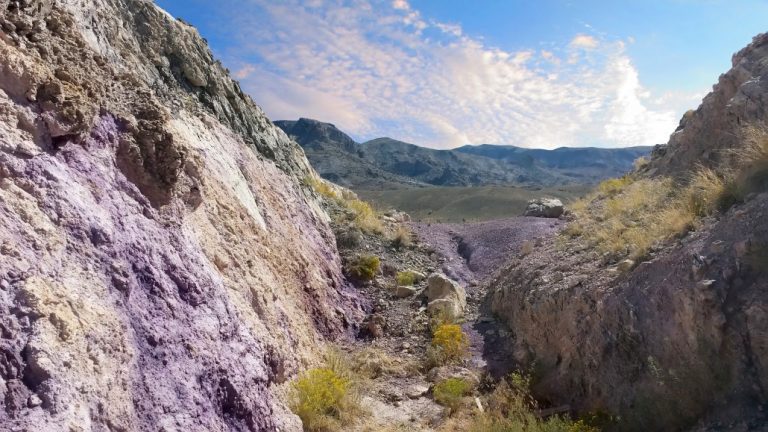On February 11, 2022, Governor Spencer Cox signed S.C.R. 3; a concurrent resolution highlighting Utah’s mineral position as it relates to critical minerals and rare earth elements.
On February 22, 2022, the U.S Geological Survey released an updated critical mineral and rare earth element list.
According to the 2023 Critical Minerals of Utah report produced by the Utah Geological Survey:
Critical minerals in the United States returned to prominence in recent years with a new list published in 2018 (Fortier and others, 2018), followed by a review and updated list published in 2022 (Burton, 2022). The first edition of Critical Minerals of Utah (Mills and Rupke, 2020) addressed the critical minerals listed in the 2018 publication. This edition of the report addresses changes and updates to the 2022 federal critical mineral list and incorporates Utah Geological Survey (UGS) scientists’ work with the U.S. Geological Survey (USGS) Earth Mapping Resources Initiative (Earth MRI) program to identify nationwide focus areas of potential domestic critical mineral resources (Dicken and others, 2022). Changes to the federal critical mineral list from 2018 to 2022 include:
1. addition of nickel and zinc as critical minerals;
2. removal of helium, potash, rhenium, and strontium as critical minerals;
3. exclusion of uranium as a critical mineral because of its status as a fuel mineral; and
4. splitting elements in the Platinum Group Element (PGE) and Rare Earth Element (REE) mineral groups into individual entries (figure 1 and table 1).
The 2022 changes to the list are significant for Utah because Utah produces potash, helium, and rhenium and has significant known resources of uranium, all of which were removed from the critical mineral list. Utah also has known resources of zinc which was added to the list.
As a result of the changes, the current critical mineral list has increased from 35 to 50 and now includes aluminum, antimony, arsenic, barite, beryllium, bismuth, cerium, cesium, chromium, cobalt, dysprosium, erbium, europium, fluorspar, gadolinium, gallium, germanium, graphite, hafnium, holmium, indium, iridium, lanthanum, lithium, lutetium, magnesium, manganese, neodymium, nickel, niobium, palladium, platinum, praseodymium, rhodium, rubidium, ruthenium, samarium, scandium, tantalum, tellurium, terbium, thulium, tin, titanium, tungsten, vanadium, ytterbium, yttrium, zinc, and zirconium. The Energy Act of 2020 directs the USGS to review and update the critical mineral list every three years so a new federal critical mineral list is expected in 2025.

